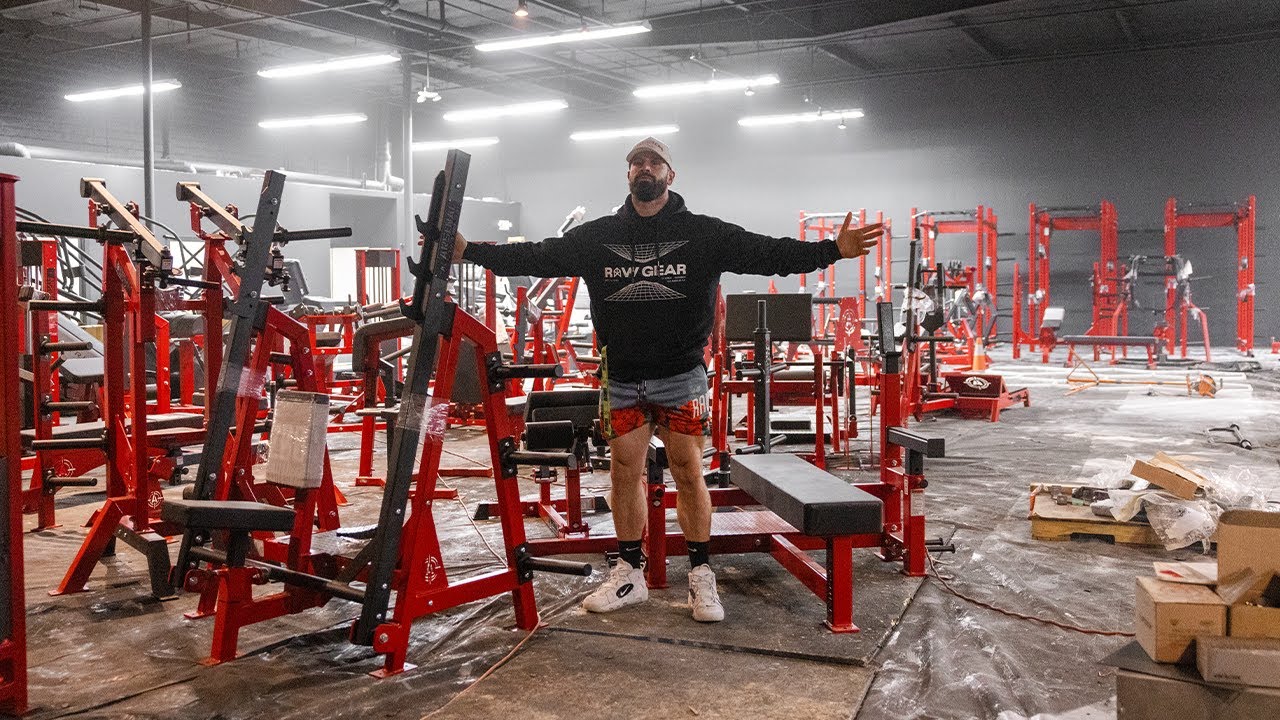Do Compression Leggings Help With Cellulite?

Cellulite is a common skin condition that causes dimpled, lumpy flesh on the thighs, buttocks, and abdomen. It is caused by the accumulation of fat cells beneath the skin, which pushes against the connective tissue and causes it to bulge.

Compression leggings are designed to apply pressure to the skin and underlying tissues. This pressure can help to improve circulation, reduce inflammation, and break down fat cells. As a result, compression leggings may help to reduce the appearance of cellulite.

How Do Compression Leggings Work?
Compression leggings work by applying pressure to the skin and underlying tissues. This pressure can help to:
- Improve circulation: Compression leggings can help to improve circulation by increasing the flow of blood and lymph fluid. This can help to reduce inflammation and swelling, which can both contribute to the appearance of cellulite.
- Reduce inflammation: Compression leggings can help to reduce inflammation by reducing the production of inflammatory cytokines. These cytokines are released by fat cells and can cause the connective tissue to become weak and disorganized, leading to the appearance of cellulite.
- Break down fat cells: Compression leggings can help to break down fat cells by increasing the activity of lipase, an enzyme that breaks down fat. This can help to reduce the size of fat cells and improve the appearance of cellulite.
Are Compression Leggings Effective for Reducing Cellulite?
There is some evidence that compression leggings may be effective for reducing the appearance of cellulite. However, it is important to note that there is no cure for cellulite. Compression leggings can only help to improve the appearance of cellulite, not eliminate it completely.
In a study published in the journal “Dermatologic Surgery”, researchers found that women who wore compression leggings for 12 weeks saw a significant reduction in the appearance of cellulite. The study participants also reported feeling less pain and tenderness in their thighs and buttocks.
Another study, published in the journal “Clinical, Cosmetic and Investigational Dermatology”, found that compression leggings were effective for reducing the appearance of cellulite in women who were overweight or obese. The study participants who wore compression leggings for 8 weeks saw a significant reduction in the appearance of cellulite on their thighs, buttocks, and abdomen.
How to Choose the Right Compression Leggings
If you are considering using compression leggings to reduce the appearance of cellulite, it is important to choose the right pair. Here are a few things to keep in mind:
- Compression level: Compression leggings come in a variety of compression levels, from mild to firm. The right compression level for you will depend on your individual needs. If you have mild cellulite, you may only need a mild or moderate compression level. If you have more severe cellulite, you may need a firm compression level.
- Fit: Compression leggings should fit snugly, but not too tightly. They should not be so tight that they are uncomfortable or cause pain.
- Length: Compression leggings come in a variety of lengths, from capri to full-length. The right length for you will depend on your personal preference.
- Material: Compression leggings are typically made from a combination of nylon, spandex, and lycra. These materials are stretchy and comfortable to wear.
How to Wear Compression Leggings
Compression leggings should be worn for 8-12 hours per day, or as directed by your doctor. You can wear them under your clothes or as outerwear. It is important to avoid wearing compression leggings for more than 12 hours at a time, as this can lead to skin irritation.
Are There Any Side Effects to Wearing Compression Leggings?
Compression leggings are generally safe to wear, but there are a few potential side effects to be aware of. These side effects include:
- Skin irritation: Compression leggings can cause skin irritation, such as redness, itching, and dryness. This is especially true if you have sensitive skin.
- Blood clots: Compression leggings can increase the risk of blood clots in people who are already at risk. This is because compression leggings can restrict blood flow.
- Nerve damage: Compression leggings can cause nerve damage if they are worn too tightly. This is especially true in people who have diabetes or peripheral neuropathy.
If you experience any of these side effects, you should stop wearing compression leggings and talk to your doctor.










